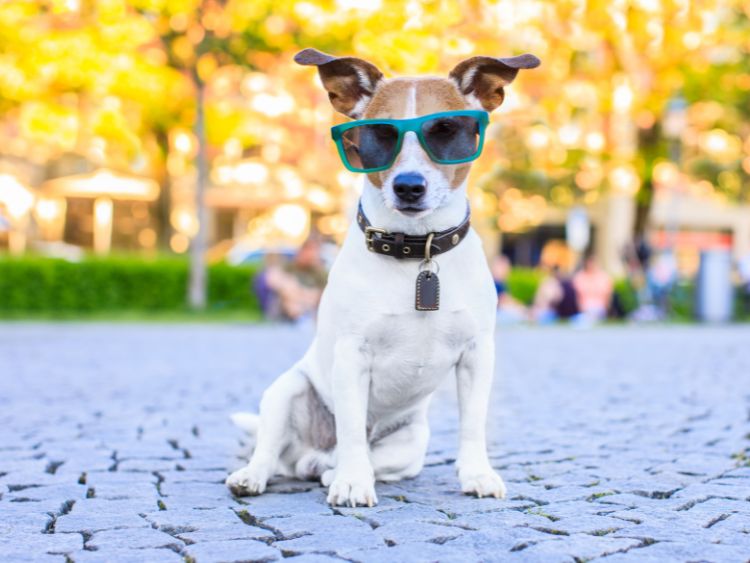Walking into your first session with a dog trainer can be both exciting and nerve-wracking. You might be wondering what to expect, how your dog will react, or if this will finally help solve the behavior issues you’ve been struggling with. Rest assured, a dog trainer is there to guide you and your furry friend toward a more harmonious relationship.
Understanding Your Dog’s Needs
When you meet your dog trainer, the first thing they’ll do is ask about your dog’s history. This isn’t just small talk. It’s crucial for them to understand your dog’s background, behavior patterns, and any specific issues you’re facing. For example, my dog, Max, had a habit of jumping on guests. This was more than just a bad habit; it was a sign of underlying anxiety. The dog trainer helped me realize that Max was seeking attention and was unsure how to behave around new people.
Setting Realistic Goals
A professional dog trainer won’t promise overnight miracles. They’ll help you set realistic goals based on your dog’s current behavior and your expectations. During my first session, I learned that Max’s jumping wouldn’t be fixed in a single session. Instead, the trainer broke down the training process into manageable steps, focusing on one behavior at a time. This approach made the training more effective and less overwhelming for both of us.
The Training Process
The training process is where the real work begins. A good dog trainer will use positive reinforcement techniques, rewarding your dog for good behavior rather than punishing them for mistakes. For instance, Max was rewarded with treats and praise every time he stayed calm when someone entered the house. This positive reinforcement helped him associate calm behavior with rewards, making it more likely for him to repeat that behavior in the future. The trainer also taught me how to use clear and consistent commands. It’s not just about saying “sit” or “stay.” It’s about using the same tone, body language, and timing every time. Dogs thrive on consistency, and a dog trainer will emphasize this throughout your sessions.
Addressing Specific Behaviors
Every dog is unique, and so are their behavior issues. A dog trainer will tailor the sessions to address the specific behaviors that need improvement. In Max’s case, the trainer noticed that his jumping was linked to his excitement levels. So, we worked on calming techniques first, such as teaching him to sit and wait when the doorbell rang. We also practiced controlled greetings, where Max had to wait for a command before approaching guests. This not only reduced his jumping but also helped him learn patience and self-control.
Building a Strong Bond with Your Dog
One of the most rewarding aspects of working with a dog trainer is the bond you’ll build with your dog. Training isn’t just about correcting bad behavior; it’s about understanding your dog’s needs and communicating effectively. During the sessions, I learned how to read Max’s body language and respond appropriately. This improved our communication and strengthened our bond. Max started to trust me more, and as a result, his behavior improved significantly.
Homework and Follow-Up
Training doesn’t end when the session is over. A dog trainer will give you homework to practice with your dog between sessions. This homework is essential for reinforcing what your dog has learned and ensuring that the training sticks. In my experience, the follow-up sessions were just as important as the initial one. They allowed us to review Max’s progress, address any new issues, and adjust the training plan as needed. The trainer provided continuous support and encouragement, making the entire process smoother.
The Long-Term Benefits
Investing in a dog trainer is an investment in your dog’s future. The skills and techniques you learn during the sessions will last a lifetime. Max’s transformation was remarkable. Not only did he stop jumping on guests, but he also became more confident and well-behaved in various situations. The long-term benefits of working with a dog trainer are clear. You’ll enjoy a more peaceful home environment, a stronger bond with your dog, and the satisfaction of knowing you’ve helped your dog become the best version of themselves.
Conclusion
Your first session with a dog trainer is the start of a rewarding journey. It’s an opportunity to learn, grow, and connect with your dog on a deeper level. By setting realistic goals, using positive reinforcement, and maintaining consistency, you’ll see significant improvements in your dog’s behavior. And remember, the key to success is patience and persistence. Every dog is different, and progress may take time. But with the guidance of a skilled dog trainer, you’ll be well on your way to achieving a harmonious relationship with your furry friend.

